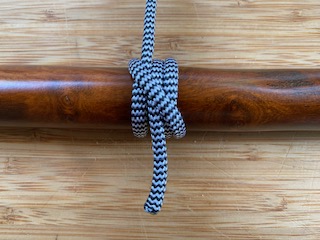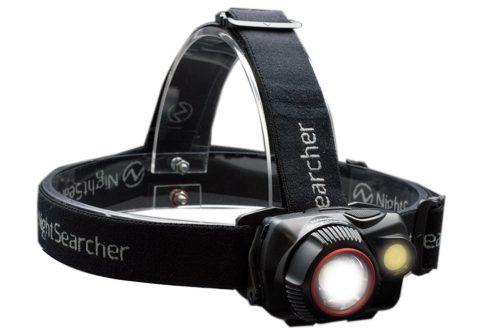
Rolling Hitch Knot: The Ultimate Guide for Securing Ropes with Friction
The rolling hitch is a friction hitch used to attach a rope to a rod, pole, or another rope and is designed to resist lengthwise movement in a single direction of pull.
Its primary use arises when a rope requires pulling along an object, rather than at right angles. This versatile knot finds application in various fields such as boating, climbing, and rigging. Also a useful binding knot that is used to secure a rope to a cylindrical object.
An essential technique in sailing involves rigging a stopper to ease the tension on a sheet. This method allows for the clearance of a jammed winch or block, ensuring smooth and efficient sailing.
While sometimes referred to as the Magnus hitch, it differs slightly from it; the Magnus hitch typically attaches a rope to a pole or another rope, displaying a more complex structure.
The rolling hitch stands out as a reliable and secure option for lengthwise pulls along an object. Its ease of tying and untying adds to its practicality.
How to Tie
- Pass the Rope: Start by passing your rope around the object you want to hitch onto, or around the main rope if you’re tying onto another rope.
- Make a Loop: Cross the running end of the rope over the standing part to create a loop.
- Wrap the Working End: Take the running end and pass it underneath the standing part. Then, bring it back over the standing part, forming a half-hitch around both the standing part and the object/rope.
- Second Wrap: Repeat the previous step (Step 3) one or two more times, making additional wraps around both the standing part and the object/rope. This will increase the security of the hitch.
- Finish the Knot: Ensure the wraps are snug but not too tight. To finish, tighten the hitch by pulling the standing part of the rope. This will cinch the hitch securely against the object/rope.
- Test the Hitch: Once tied, give the knot a gentle tug to ensure it holds properly and slides when needed without slipping off.
Here are some activities where the Rolling Hitch Knot is commonly used:
Sailing: Securing ropes to a sail, rigging, or a dock.
Camping: Tying down tarps or securing gear to a tree or pole
.Climbing: Adjusting rope tension or securing gear.
Fishing: Attaching a line to a pole or other objects.
Outdoor Survival: Setting up shelters or securing items in place.
Boating: Adjusting the position of fenders or securing lines to rails.
Tree Work: Attaching ropes for climbing or securing tools.
Hiking: Securing loads or setting up temporary shelters.
Rescue Operations: Adjusting ropes or securing equipment in place.
Tips:
- Direction of Pull: The Rolling Hitch is designed to hold under tension, particularly when the rope is pulled horizontally. Test the knot to ensure it’s holding properly before relying on it.
- Number of Wraps: Depending on the diameter and material of the object/rope, you might need more or fewer wraps to secure the Rolling Hitch adequately. Experiment to find the optimal number for your situation.
- Dress the Knot: Always dress the knot by arranging the wraps neatly and ensuring they are snug before applying tension.
The Rolling Hitch is great for temporary attachments, especially when you need to make adjustments or release the knot easily after use. It’s handy in various scenarios, from securing a tarp to a pole to tying a boat to a dock.





